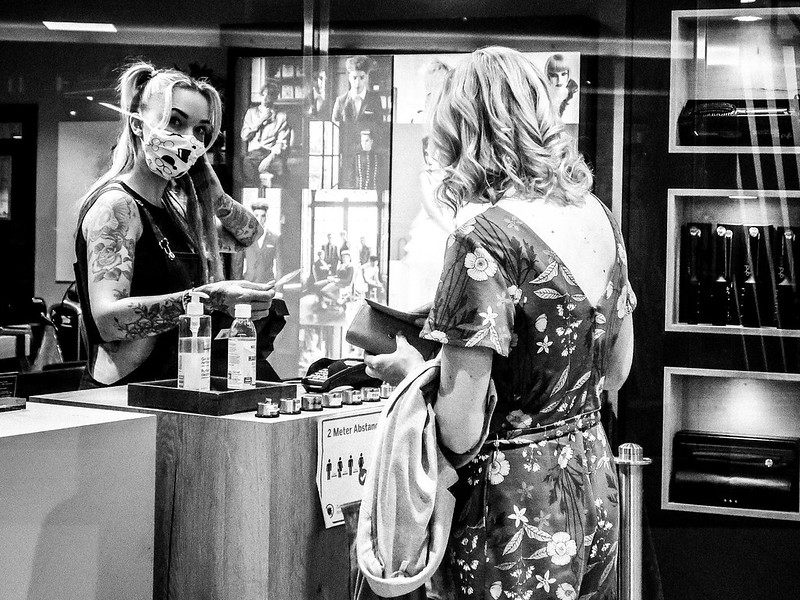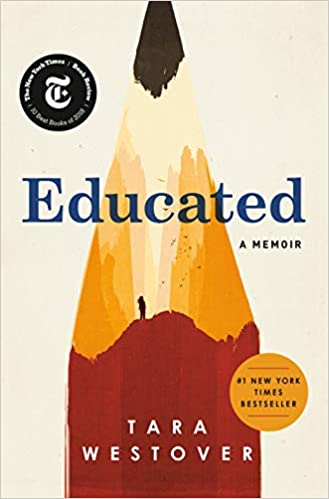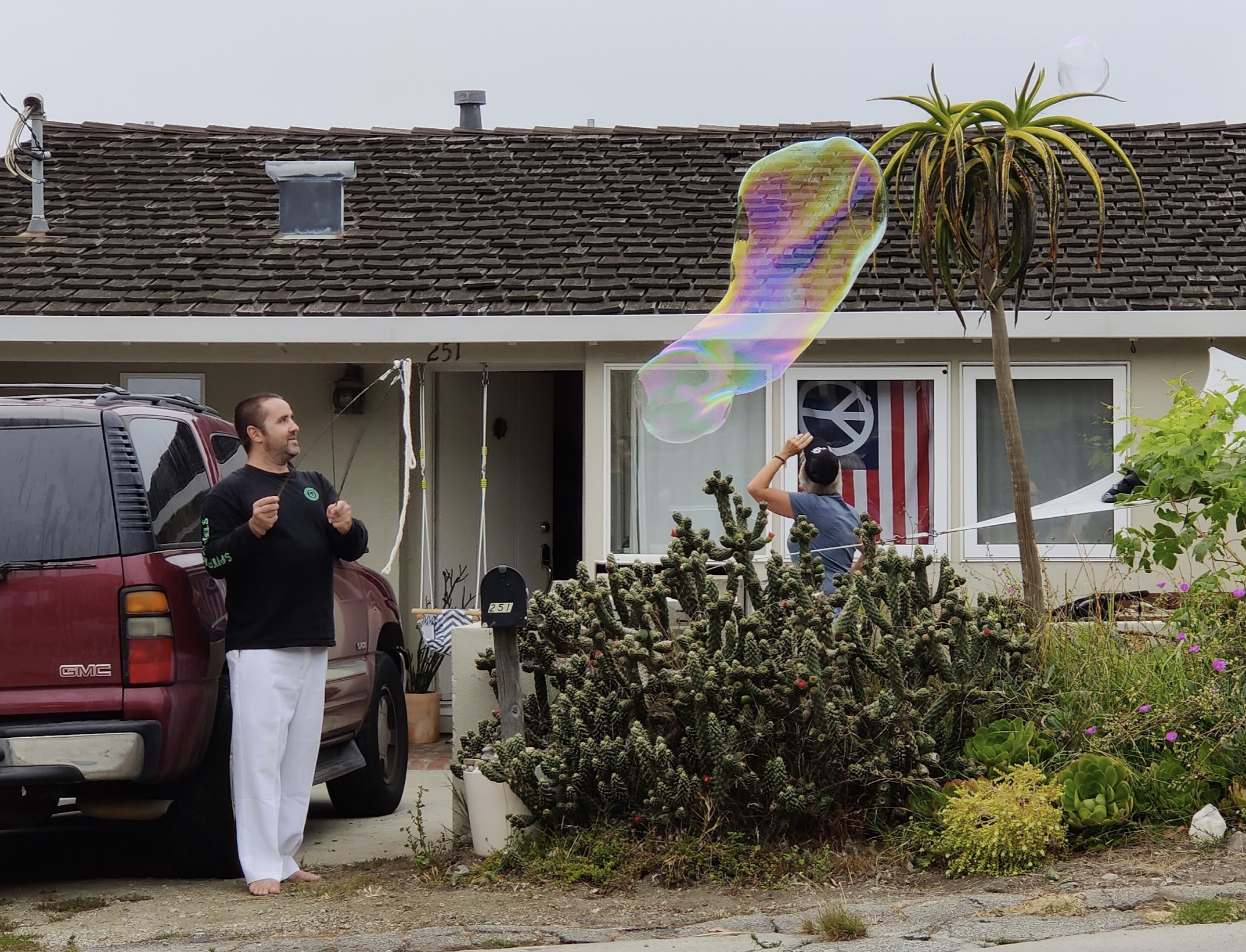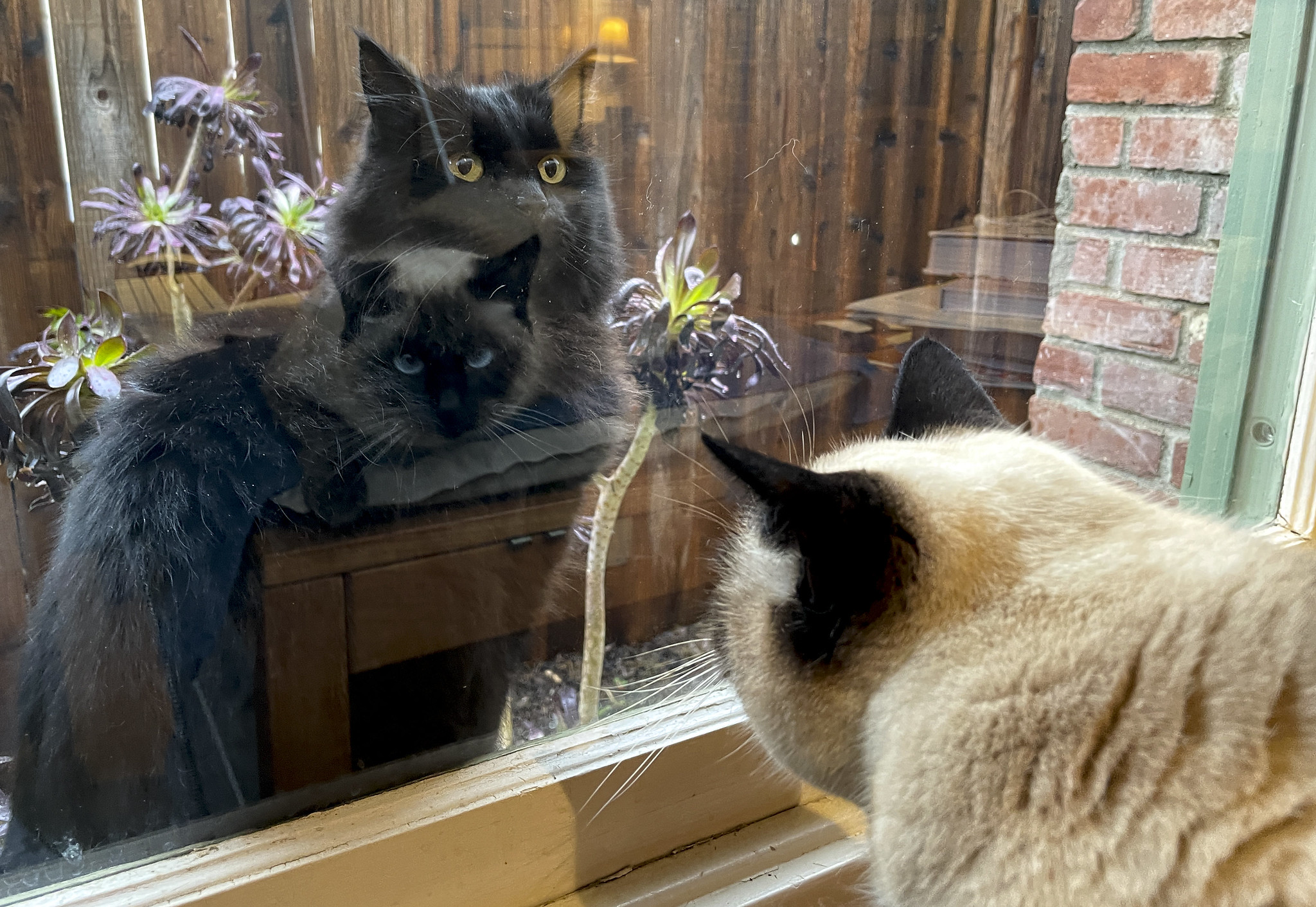Category: Health
-

As we progress, let’s not regress
I walked up to the front door of my health club and waited. The owner opened the door and beckoned me in; he was not armed with a touchless thermometer. “You can just walk in now,” he said. “Well, that makes your job easier,” I replied. “Yours, too!” he said. “Just scan your card and…
-

Picking the scab off the nuclear family
The nuclear, 2-parent family, the gold standard of American parenting, is a relatively new concept. In the past and present, America and communities around the world function well—perhaps better—with a more communal approach to raising children. The pandemic, I’ve noticed, has been picking at the scab that holds the nuclear family together. Quarantined families, in…
-

Educated: A belated book review
At the time it was published, I tried to ignore the chatter about “Educated” by Tara Westover. But this book is far from the “homeschooling as child abuse” story that I expected.
-

6 ways to structure online learning for physical and mental well-being
Now that kids are going to be online most of the day, what can we teachers and parents do to ensure their physical and mental well-being?
